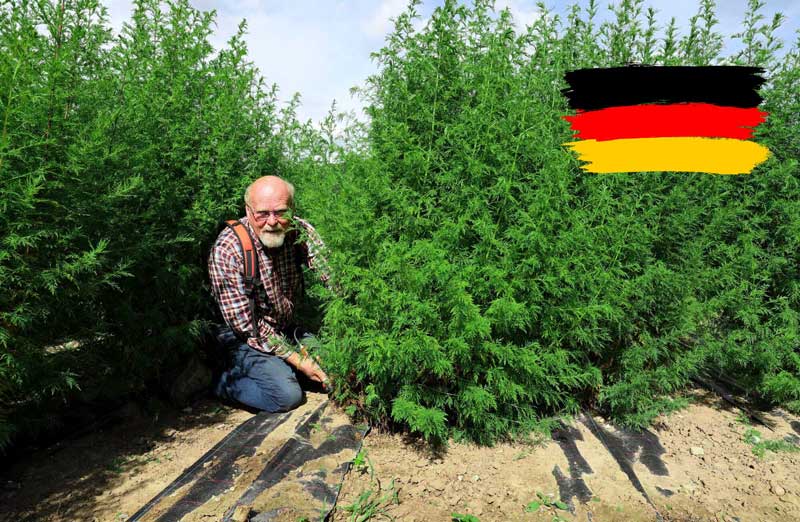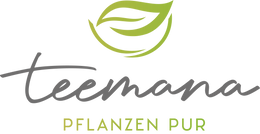

Naturally grown, sustainably packaged: Our vision of a green future from cultivation to your home
Today, our world is characterized by globalization, industrial agriculture, and monocultures. The constant pursuit of increasing efficiency and economic growth accompanies us, and it seems as if traditional farming methods and our connection to nature are gradually being forgotten. While it is certainly in our nature to evolve and progress, this constant drive for optimization comes at the expense of the environment, diversity, and sustainability.
Contents
In the wake of this "higher, faster, further" madness, the pay of smaller, traditional farmers in Germany is declining more and more.
On average, a domestic farmer receives just 22 cents per euro. In the 1970s, things were different: a whopping 50% of sales proceeds went to the producer.
Our Artemisia is harvested and bottled exclusively by certified producers and according to the highest quality standards in Germany.
We place great importance on above-average compensation. Although annual mugwort thrives excellently in Germany, many companies source their produce from low-wage countries like China or India to increase profit margins.
Teemana, on the other hand, focuses on short delivery routes and regionality: through our cultivation of Artemisia annua, many German farmers have been able to establish a new, promising source of income. One farmer in southern Germany was even saved from bankruptcy thanks to our Artemisia cultivation orders and, ultimately, the demand from our customers.
Therefore, please help us preserve ethical and sustainable agriculture – away from mass production and toward a sustainable, ecological, and responsible way of doing business. This is a huge task, and we can only achieve it together.
For this reason, in this post, we want to give you an insight into the values and guidelines we adhere to throughout our production cycle— from cultivation to the finished product on your shelf. Join us on the journey of Artemisia annua and learn how tradition and sustainability accompany every step of our process— for a product that not only fully meets your expectations but also does something good for the planet.
1. Cultivation - from seed to plant in harmony with nature
In the conventional cultivation of many plants, synthetic substances such as artificial fertilizers and pesticides are often used. These are intended to protect the plants from pests and ensure high yields, but they leave numerous traces on the plants and the soil.
Our highest principle, however, is to practice gentle agriculture, in which humans, animals, and plants are treated with equal respect. In this way , we contribute a little to the healing of our planet. Therefore, our process begins with the traditional cultivation of our plants, in which we follow numerous guidelines. This means we…
- … use only natural pesticides
- … do not use any easily soluble mineral fertilizers and ensure that all fertilizers are used wisely
- … do not use any genetically modified microorganisms
- ... ensure optimal light and water conditions when cultivating our plants. This is the only way we can guarantee the vibrant green color and full content of nutrients.
- … we always cultivate our plants away from any roads and industrial landscapes , on a completely fertile, nutrient-rich soil

2. Harvest - Handcrafted for unadulterated purity
The usual harvesting process in Europe often involves tractors, which means the finished product also contains components of other, often poisonous, herbs. Furthermore, this widely available herbal product, which consists of mechanically crushed plants, usually contains up to 80% empty stems.
We, however, continue to rely on a traditional harvesting process. This means: We don't use any harvesting machines; our plants are harvested by hand . Even the careful stripping of the leaves—the part of the plant with the most valuable nutrients—is still done by hand .


Artemisia annua harvest on our field in Germany


Hand processing and stripping of Artemisia annua leaves in Germany



